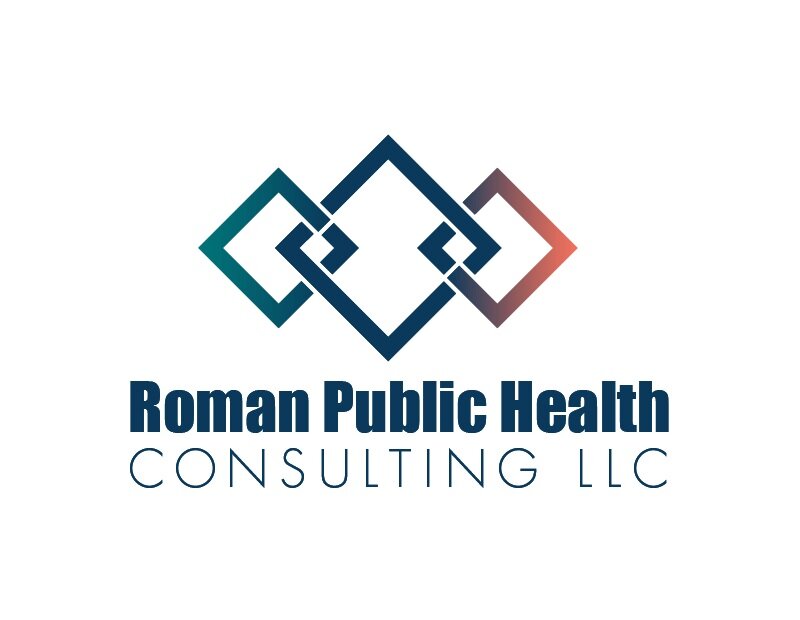ADA Title II Compliance: Take a Team Approach in Public Health, Healthcare, and Public Safety
National Health Education Week (NHEW) 2025: Special Blog Series on ADA Title II
In the first series post, we talked about what the Title II Rule change is, why it is important to our field, and we highlighted important compliance dates.
In the second series post, we discussed how to get started. Specifically, we highlighted how to fight overwhelm and start by taking small action steps.
Today, we are talking about why it is important to take a team approach to Title II compliance and digital accessibility.
Why Should We Take a Team Approach?
Last month I delivered a presentation for the Society for Public Health Education (SOPHE) called Why and How to Build Accessibility Planning into Your Health Education Training Workflow. One of the things I demonstrated with my comprehensive accessibility planning example, was all the people, departments, and planning steps that should be involved in accessibility.
Here is a sample of the interested parties we discussed:
Leadership and/or board members (e.g., making budget allocation for accessibility investments)
Procurement (e.g., purchasing a learning management system)
Human resources or contracts department staff (e.g., hiring subcontractors like graphic designers)
Subject matter experts
Learning audience members
Instructional designers and developers
Evaluators
Information technology team
Communications team
From this list, you can see that the responsibility for digital accessibility and the breadth of its impact cannot reasonably or sustainably fall to one person.
Benefits of a Team Approach
The benefits of a team approach to digital accessibility are abundant.
1. Comprehensive assessment and planning
From the list above, it is clear that digital accessibility broadly impacts organizational departments, staff, and customers or users. Therefore, having a broad and diverse team allows organizations to start with a comprehensive assessment and create revised systems and protocols that embed accessibility into workflows from start to finish.
2. Less burnout
It can be lonely and exhausting work to champion an initiative alone. It can also be stressful to take full responsibility for that initiative’s success and failures. Expanding responsibility can reduce burnout for individuals.
3. Sustainability
When one individual leads and champions an initiative, all momentum and knowledge can leave with them when they exit their position or organization. Expanding responsibility and embedding digital accessibility into the fabric of the organization can increase sustainability for these efforts.
4. Business and economic-related benefits across the organization
We know from multiple sources (e.g., September 2025 National Association of State Chief Information Officers (NASCIO) report) that, in addition to a moral and ethical case, there is a strong business and economic case for digital accessibility. These can include:
Increased revenue from a broader customer or user base that includes people with disabilities.
Less money is spent on retrofitting or remediation.
Higher trust is reported from constituents, learners, users.
More efficient online self-service leading to lower operational costs (e.g., fewer technical assistance phone calls made to staff)
Reduced cost and frequency of accessibility lawsuits
I’d Love to Hear from You!
What individuals or departments would you list as being essential to a team approach to digital accessibility at your organization?
What challenges or barriers do you anticipate in initiating a team approach at your organization?
If you’ve done this successfully, what tips would you offer for building an accessibility team?

